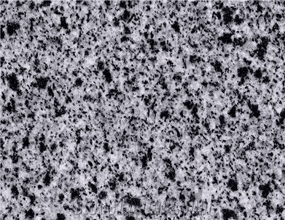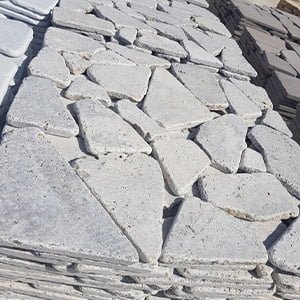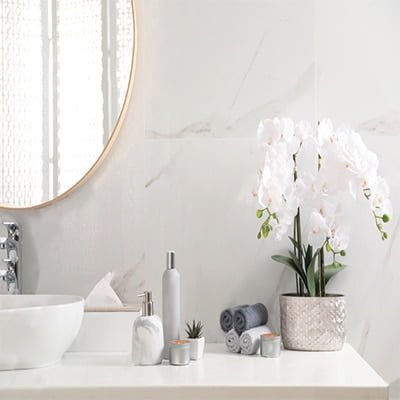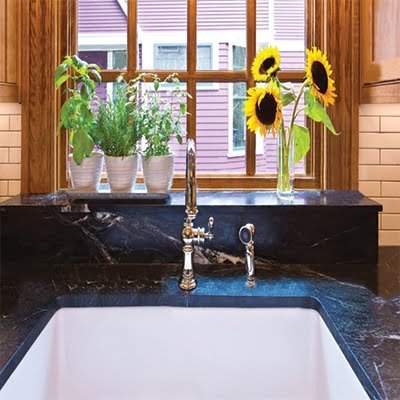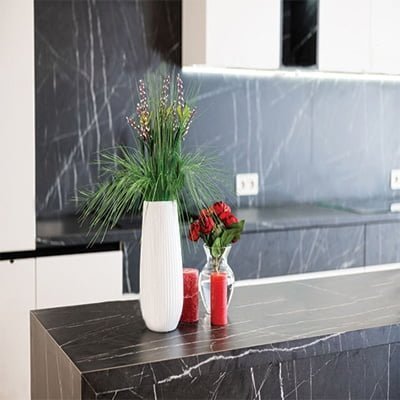Categories
All Products
Our Products:
The Elegance and Versatility of Architectural Materials: A Glimpse into Marble, Limestone, Granite, Quartz, and Natural Stones
**Introduction:**
In the world of architecture and interior design, the selection of materials holds the power to transform spaces, elevate aesthetics, and shape the narrative of a design. This exploration dives into the exquisite realm of architectural materials, focusing on the diverse personalities of marble, limestone, granite, quartz, and a selection of natural stones including hashma stone, basalt, alabaster, tura, and mica.
**Marble:**
Marble, a timeless classic, is a metamorphic rock celebrated for its luxurious appeal. Quarried from various corners of the globe, marble exhibits an array of hues and intricate veining patterns. From Carrara’s pristine whites to the dramatic veining of Calacatta, marble captivates with its elegance. Its versatility extends from statuesque sculptures to polished countertops, making it a favored choice for those seeking sophistication and opulence in design.
**Limestone Products:**
Limestone, a sedimentary rock, boasts a softer aesthetic characterized by muted tones and subtle patterns. Its natural, earthy appeal makes it a versatile choice for both interior and exterior applications. From exterior façades to interior flooring, limestone lends spaces a warm, inviting charm. The porous nature of limestone also allows for unique surface finishes, including honed, brushed, or polished, offering flexibility in design.
**Granite Products:**
Granite, an igneous rock formed through the cooling of magma, is celebrated for its durability and diverse color palette. From the deep blacks of Absolute Black to the intricate patterns of Blue Pearl, granite’s strength makes it an ideal candidate for high-traffic areas. Its resistance to heat and scratches adds to its appeal, making it a popular choice for kitchen countertops, flooring, and exterior cladding.
**Quartz Products:**
Quartz, an engineered stone composed of natural quartz crystals, resins, and pigments, represents the pinnacle of durability and aesthetics. With a wide array of colors and patterns, quartz provides a low-maintenance alternative to natural stones. Its non-porous surface makes it resistant to stains, and its uniform appearance suits modern design sensibilities. Quartz countertops, with their polished finish, add a touch of sophistication to kitchens and bathrooms.
**Natural Stones – Hashma Products, Basalt Products, Alabaster Products, Tura Products, Mica Products:**
Hashma stone, with its distinctive surface and earthy tones, introduces a rustic charm. Basalt, a volcanic rock, stands out with its dark, fine-grained appearance, lending itself to both indoor and outdoor applications. Alabaster, a translucent stone, diffuses light beautifully, creating an ethereal ambiance. Tura stone, originating from Egypt, carries a unique historical resonance, while mica, with its shimmering quality, adds a touch of glamour to surfaces.
**Versatility in Design of our Products:**
The beauty of these materials lies in their versatility. From the sleek, modern aesthetic of quartz to the timeless elegance of marble, architects and designers can weave a myriad of design narratives. These materials adapt seamlessly to various design styles, from classic and traditional to contemporary and eclectic, allowing for creative expression.
**Sustainability and Ethical Sourcing of our Products:**
As the design industry pivots towards sustainability, the sourcing of materials plays a crucial role. Ethical quarrying practices ensure minimal environmental impact, and the use of recycled materials aligns with eco-conscious design trends. Many suppliers now offer responsibly sourced options, contributing to the industry’s commitment to a greener future.
**Conclusion:**
In the rich tapestry of architectural materials, marble, limestone, granite, quartz, and natural stones emerge as the storytellers of design. Each material, with its unique characteristics, adds depth and personality to spaces, reflecting the visions and preferences of those who weave them into their designs. As technology and innovation continue to shape the design landscape, these materials stand resilient, timeless, and ready to leave their indelible mark on the ever-evolving canvas of architecture and interior design.
